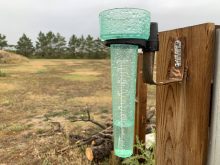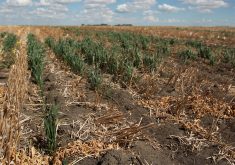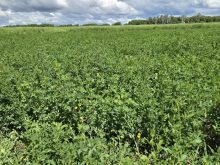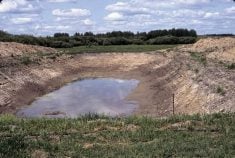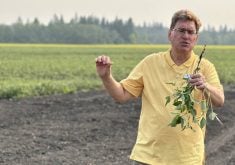MEDICINE HAT — The MLA for a community that declared a state of local emergency due to low water levels in December says the province will help it find solutions.
Doug Steele, Saskatchewan Party MLA for the Cypress Hills riding, said he is in regular contact with officials in Leader, Sask., and although there isn’t an earmarked dollar amount, the government will stand by the town.
“It’s a moving target but definitely, we aren’t going to leave our communities stranded from extreme conditions,” said Steele. “We’re going to be there as government to try to ensure that we can help sustain and make sure their needs are going to be met so we will never leave them high and dry.”
Read Also
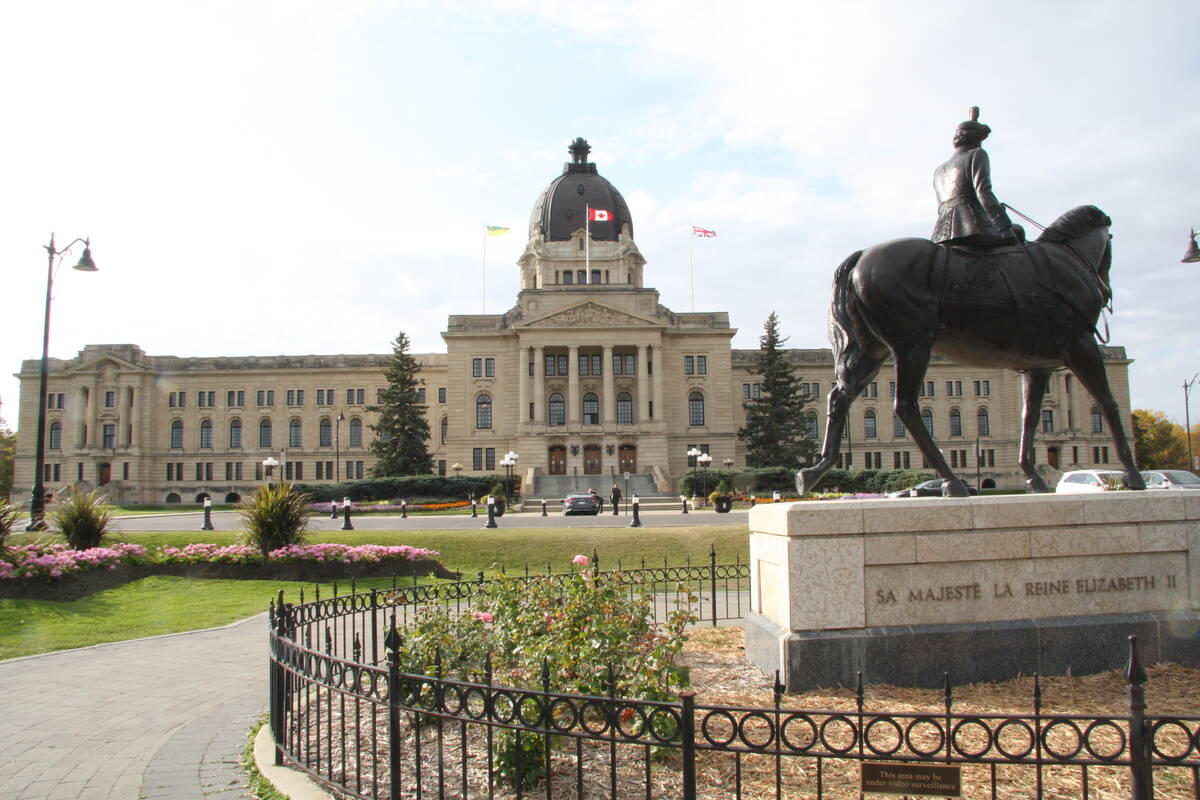
Saskatchewan throne speech promises strong economy
Saskatchewan’s legislative agenda for the coming year will focus on meeting the challenges of new world trading relationships, said the speech from the throne.
Conditions along the South Saskatchewan River deteriorated at the end of November and into December before rebounding, so Leader didn’t need to use costly temporary pumps.
The river, from which Leader obtains its water, fell below the daily flow rate of 42.5 cubic metres per second that is outlined under the Master Agreement on Apportionment at the confluence of the Red Deer and South Saskatchewan rivers.
Alberta maintained its obligations under that agreement as it allowed 50 percent of the natural flow in the basin to move across the border. That agreement also governs Saskatchewan’s obligations, which generally amount to 50 percent of its stream flows going into Manitoba.
Steele said changes in the river due to previous floods have also changed its geography, so any new system must take those changes into account.
“Nature and weather will do what it does and we have to be prepared, but with the technologies that we have today, we might be able to come in with structures that will avoid what we are looking at now,” said Steele.
Last year, Leader was the second community to declare a state of local emergency due to low river levels. Cumberland House declared its own emergency in October.
Officials in Alberta are mobilizing resources to prepare the province for a prolonged drought.
According to the Saskatchewan Ministry of Agriculture, its current emphasis is on monitoring the situation.
Saskatchewan recently announced a freeze on lease fees for grazing on Crown land, which it will adjust further if stocking rates are impacted by continued drought conditions.
The agriculture ministry is encouraging Saskatchewan farmers and ranchers to access existing business risk management programs.
Contact alex.mccuaig@producer.com




